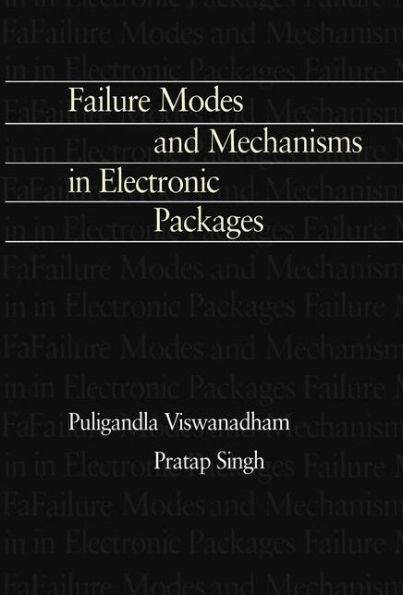5
1
9780412105913


Failure Modes and Mechanisms in Electronic Packages / Edition 1 available in Hardcover

Failure Modes and Mechanisms in Electronic Packages / Edition 1
- ISBN-10:
- 0412105918
- ISBN-13:
- 9780412105913
- Pub. Date:
- 11/30/1997
- Publisher:
- Springer US
- ISBN-10:
- 0412105918
- ISBN-13:
- 9780412105913
- Pub. Date:
- 11/30/1997
- Publisher:
- Springer US
169.99
In Stock

Product Details
| ISBN-13: | 9780412105913 |
|---|---|
| Publisher: | Springer US |
| Publication date: | 11/30/1997 |
| Edition description: | 1998 |
| Pages: | 370 |
| Product dimensions: | 6.10(w) x 9.25(h) x 0.03(d) |
From the B&N Reads Blog
